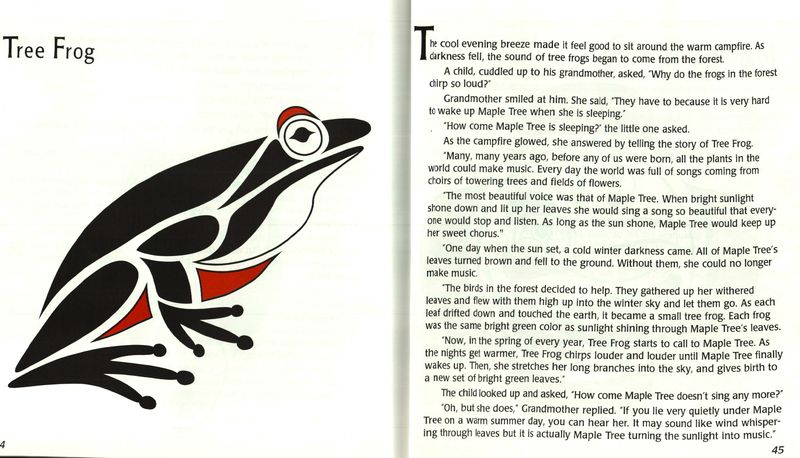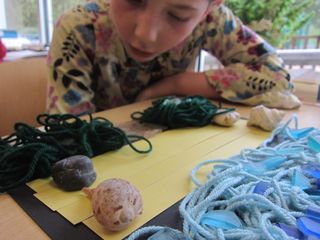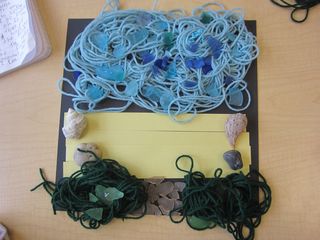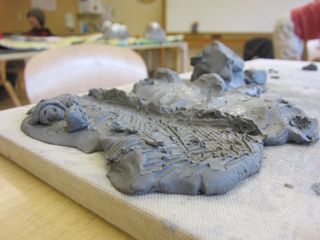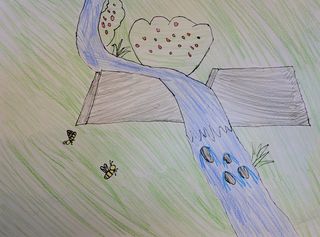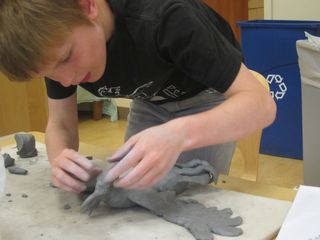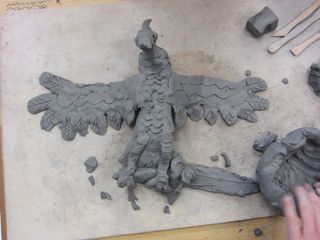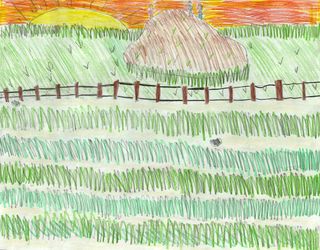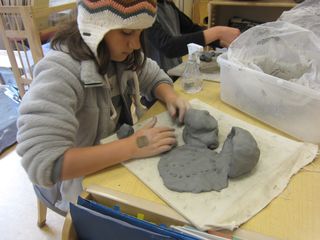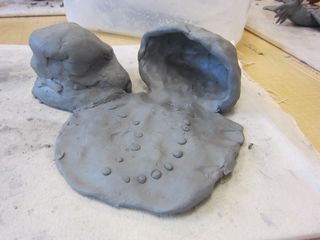Landscapes we Love: “Waiting for something magical to happen…”
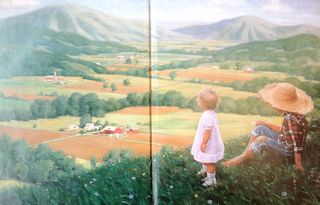
"Where else…?"
Patricia McLoughlin's All the Places to Love begged of us this week the question: What makes the places we love so unique? What places do we love so much, we want others to love them just as much as we do? And how do we tell others about these places, so that they can see the magic that we see in them?
As we've continued our studies of our Native American tribes, we've learned that the elders often told stories about where elements of their landscapes came from, or why their landscapes looked the way they did – from landmarks to vegetation to animals, as well. What if we began imagining the origins of the landscapes we love in our lives today?
Robert James Challenger is a Northwest Coast author greatly inspired by the Northwest Native American tribes' stories and artwork. His collections of stories and images provided us the next step in imagining how we might write today, inspired by the stories of a very old tradition.
This week's thinking about the landscapes we love has been a path through materials and texts that finally invited our imaginations to walk into our landscapes with us, imagining characters and stories we might find there, telling the stories of those landscapes.
Below are the journeys of three students, told in photos and excerpts from their Writer's notebooks. I found such delight this week in watching the children bring their landscapes to life and begin imagining possibilities…
From KG's Writer's notebook:
I see the green shrubbery out the window, then I have an urge to go outside onto the beach. I open the sliding glass door, then I go down the stairs. I am in the backyard. In front of me is the walkway that leads to the beach. I go through the walkway onto the sand. The beach stretches out as far as I can see. As I walk forward, my feet touch the water, and now my ankles. The water is cool. It feels, it feels soothing in the hot sun. I walk out onto the sand. The waves crash at my feet. Where can the waves crashing at your feet make all the difference?
"I'm thinking about the beach in Molokai, Hawaii. I'm starting to imagine that a mermaid came up on the beach to become my friend. This is the house we stayed in. My mother was making dinner, and my dad and my sister were taking a walk one way, and I was by myself, just waiting for something magical to happen."
* * *
MM: "I drew Hamilton Park. … There's this big hill that's really steep. I started imagining a bird with a sword that flew down from the sky and cut it out. …"
"This bird used a knife to make a field with hills. And then when people in the future come they build over it, turn it into a playground with a school. The spirit (the bird) gets happy because the 2-footed people come and make something there for all of the people."
* * *
From PG's Writer's notebook:
There's a place called Clay Butte in North Dakota. To walk to Clay Butte, you have to walk in long, wet grass. Sometimes when you get back, your feet feel as wet as if they had been dipped in a cold pool of water! Where else is the grass so long, itchy, and wet, but leads you to such an amazing place? … When you reach Clay Butte you walk up a steep, steep hill, to get the top. When you reach the top, you can sit down and see everything. You see the valleys, mountains, more bluffs, and North Dakota. … As I walk back, I love to look over my shoulder and see Clay Butte, getting smaller and smaller and smaller.
Color changes a lot of the landscape that shows new things that you didn't know about before. Before I drew the landscape, I felt like there needed to be something more in the landscape. But when I drew it out, emotion came out of it! That was what I had forgotten. Because emotion and metaphors and feelings and description can change the landscape a lot.
"When I think about Clay Butte, I remember seeing a breadcrumb on the ground. I imagined I could follow lots of breadcrumbs into a cave. I don't know what's in there yet, but maybe some kind of creature who lives in there… No, I think my characters are a woodpecker and a mouse."
If you walk to Clay Butte and all the way to the top, you may find a crumb or two. But they aren't any type of crumb, they are bread crumbs! If you keep following the bread crumbs, you may find yourself at the bottom of Clay Butte again. But on the other side when you are at the bottom, you should try not to yell in amazement, because right in front of you, you will see a WHOLE trail of bread crumbs. As you follow them, you will come in front of a huge cave. (That's where the bread crumbs stop.) And there, standing in front of you, will be Mouse and Woodpecker. Mouse's name is Moon and Woodpecker's name is Woody. But if you ever want to see them again, you always have to go see them at sundown. And sometimes you can watch them fly away. Woody always holds Moon, and then they fly off. You probably are wondering why they are best friends, when they could be enemies, but that's just a part of the story! (I haven't figured out why!)
* * *
PG reminds us of the role the materials still play as the children continue developing as writers: "…When I drew it out, emotion came out!" As their teacher, I saw reaffirmed this week how necessary the languages of the materials are to strengthening the language of the children's writing. As KG suggests, what else is the process of writing, but "walking by myself, just waiting for something magical to happen"?


